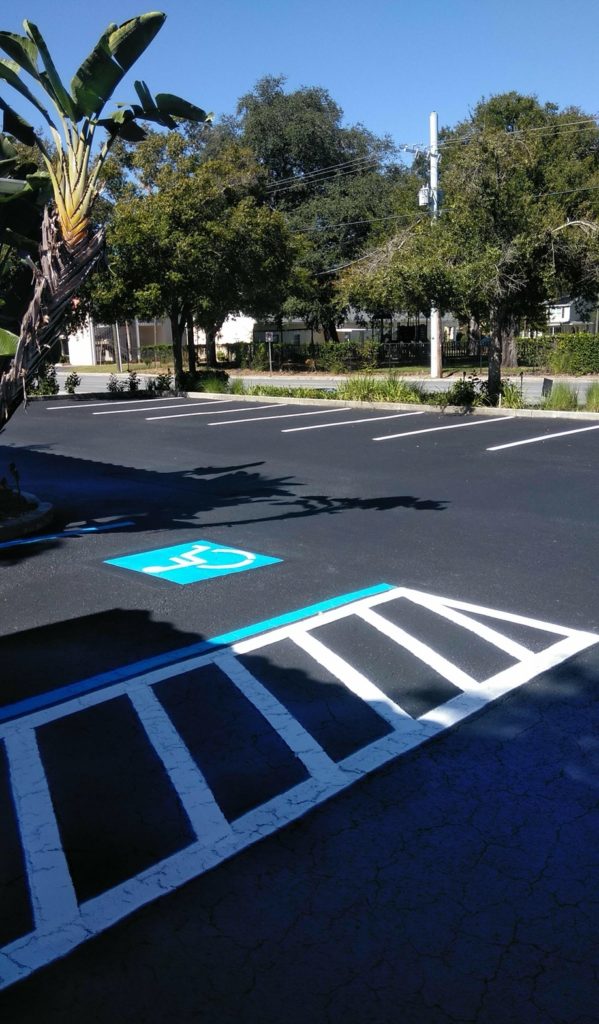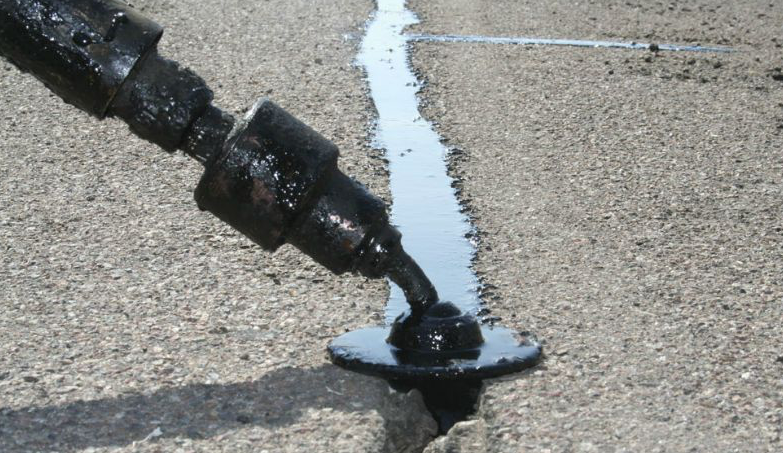Hot Mix Asphalt: A Lasting Option for Sidewalk
Hot Mix Asphalt (HMA) has emerged as a leading sustainable selection for pavement remedies, offering a myriad of environmental advantages and cutting-edge innovations. As the need for environment-friendly building and construction methods grows, exploring the subtleties of HMA's sustainability can offer valuable insights right into the future of pavement services.
Ecological Advantages of Warm Mix Asphalt

Moreover, Warm Mix Asphalt aids to alleviate metropolitan warm island impacts. Its dark color absorbs sunlight, minimizing the amount of warm mirrored back into the environment compared to lighter-colored pavements. This can reduce ambient temperatures in city locations, decreasing the demand for cooling and ultimately lowering power usage.
In addition, Warm Mix Asphalt adds to enhanced stormwater administration. Its permeable nature enables water to reenergize and penetrate the sidewalk groundwater products, reducing drainage and the danger of flooding. These ecological advantages make Hot Mix Asphalt a lasting option for leading roads and highways.
Power Efficiency in HMA Manufacturing
Is energy effectiveness an essential element in the production of Warm Mix Asphalt (HMA)? Definitely. Energy plays a substantial duty in the production of HMA, influencing both cost and ecological sustainability. One essential element of power effectiveness in HMA production is using warm mix asphalt (WMA) modern technologies (regrading). WMA permits the mixing and positioning of asphalt at lower temperatures compared to traditional hot mix asphalt, causing lowered energy consumption throughout production. This process not only lowers fuel usage however additionally reduces greenhouse gas exhausts, making it a much more eco-friendly option.
In addition, developments in plant innovations have actually led to even more energy-efficient HMA manufacturing procedures. By optimizing power use in HMA manufacturing, the market can reduce its carbon impact while preserving top quality pavement products.
Recyclability of Warm Mix Asphalt
The recyclability of Hot Mix Asphalt (HMA) is a crucial element of its sustainability and long-term environmental effect. HMA is just one of the most recycled products in the USA, with over 100 million loads of recovered asphalt sidewalk (RAP) being reused annually in brand-new sidewalk construction. Reusing HMA supplies a number of ecological benefits, such as reducing the need for virgin materials, reducing energy consumption during production, and decreasing the amount of waste sent out to garbage dumps.
The procedure of recycling HMA includes milling the existing pavement, squashing it right into smaller sized items, and mixing it with brand-new accumulation and asphalt binder to produce a recycled mix. Overall, the recyclability of HMA plays a significant duty in advertising lasting methods within the pavement sector.

Long-Term Efficiency of HMA
Asphalt pavements demonstrate toughness and durability over a prolonged period, mirroring the long-lasting performance of Hot Mix Asphalt (HMA) The long life of HMA can be connected to its capacity to stand up to rush hour loads, extreme climate condition, and the results of aging. Research studies have shown that properly designed and effectively constructed HMA pavements can last for two decades or more with regular upkeep. The key to making best use of the long-lasting performance of HMA hinges on making use of premium products, adhering to best methods in building, and executing reliable upkeep approaches. Appropriate water drainage, regular examinations, and prompt repair services are crucial for preserving the architectural stability of HMA pavements gradually. Additionally, innovations in HMA innovation, such as the use of polymer-modified binders and cozy mix asphalt, have actually even more boosted the resilience and long life of HMA pavements. By focusing on high quality building and maintenance techniques, HMA remains to show itself as a sustainable and affordable remedy for lasting pavement facilities.

HMA: Sturdiness and Sustainability
Demonstrating both toughness and sustainability, Warm Mix Asphalt (HMA) has ended site link up being a cornerstone in the building and construction of lasting pavement facilities - hot mix asphalt. HMA's toughness stems from its capacity to endure heavy loads, extreme weather, and high website traffic quantities, making it a reliable selection for highways, freeways, and airport runways. The structure of HMA, which normally consists of aggregates, binder, and filler, plays a vital role in improving its long life and resistance to use and tear
Furthermore, HMA's sustainability hinges on its recyclability and energy-efficient manufacturing procedure. The capacity to recycle reclaimed asphalt sidewalk (RAP) in brand-new HMA blends reduces the need for virgin products and decreases the ecological effect of sidewalk building and upkeep. Additionally, the power effectiveness of producing HMA exists in its lower mixing temperatures compared to other pavement products, bring about minimized energy intake and greenhouse gas emissions.
Conclusion
In final thought, hot mix asphalt (HMA) offers a sustainable option for pavement with its environmentally pleasant attributes. HMA's recyclability, power performance in production, and important source lasting durability make it a green option for roadway construction.
HMA is one of the most recycled materials in the United States, with over 100 million lots of reclaimed asphalt pavement (RAP) being recycled yearly in new sidewalk building and construction.The procedure of recycling HMA involves grating the existing pavement, squashing it into smaller sized items, and mixing it with brand-new aggregate and asphalt binder to produce a recycled mix.Asphalt pavements show durability and strength over a prolonged period, reflecting the lasting efficiency of Hot Mix Asphalt (HMA) Furthermore, developments in HMA innovation, such as the use of polymer-modified binders and cozy mix Full Article asphalt, have actually even more boosted the sturdiness and longevity of HMA pavements. The ability to reuse redeemed asphalt sidewalk (RAP) in brand-new HMA mixtures reduces the demand for virgin products and reduces the environmental influence of sidewalk building and construction and maintenance.